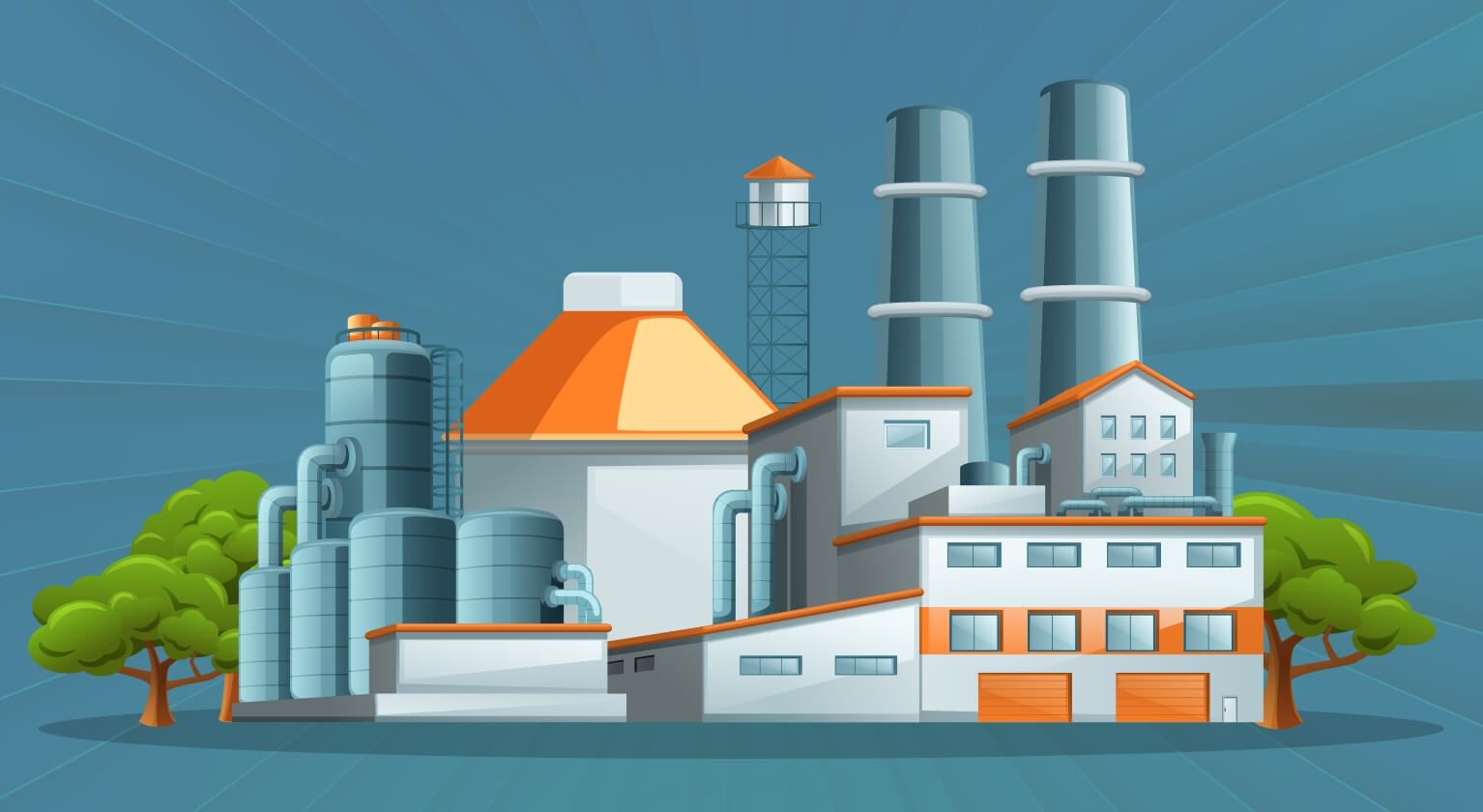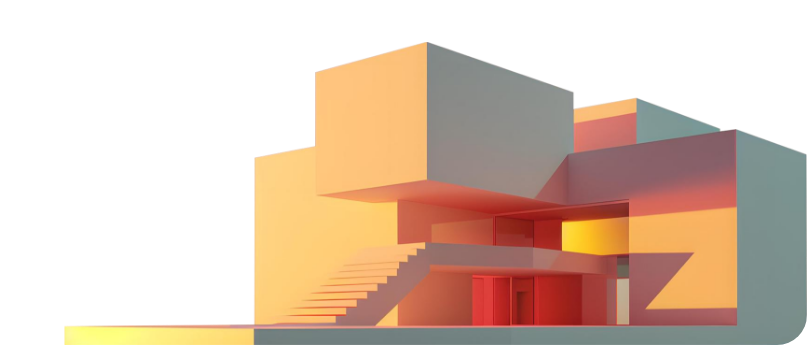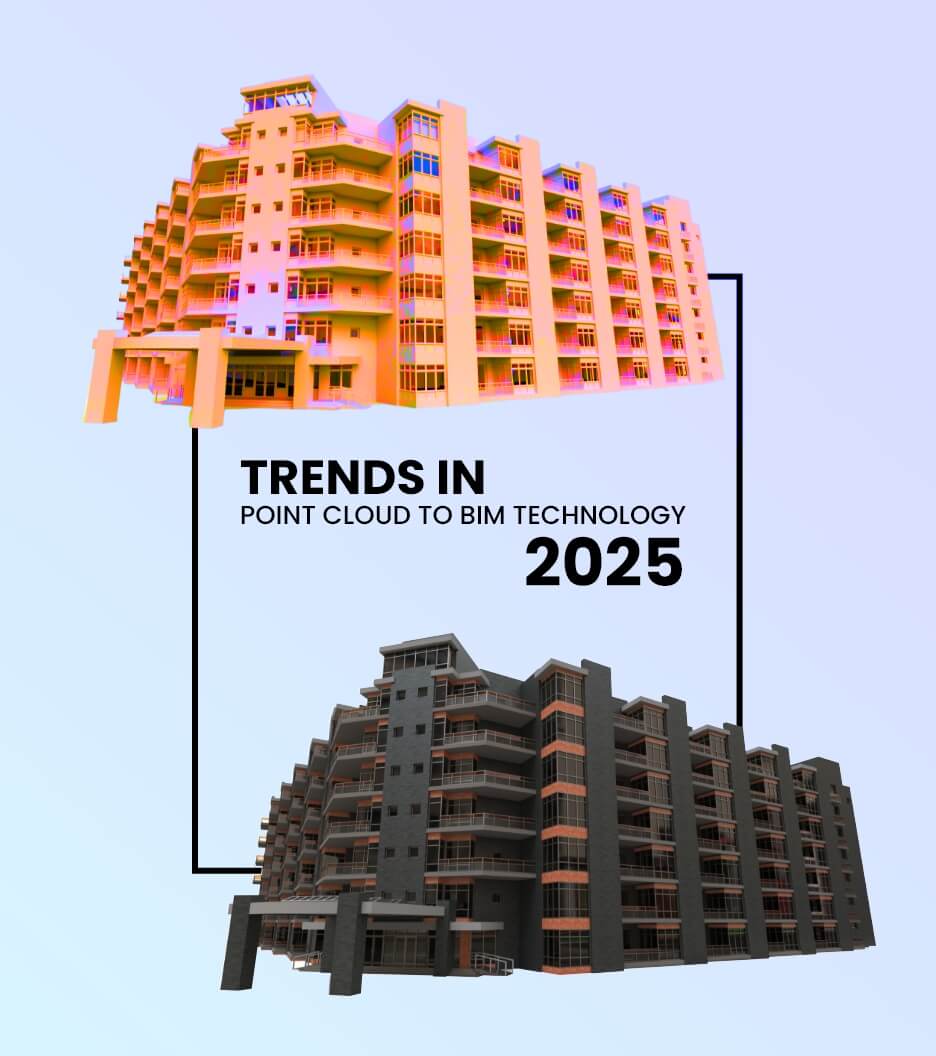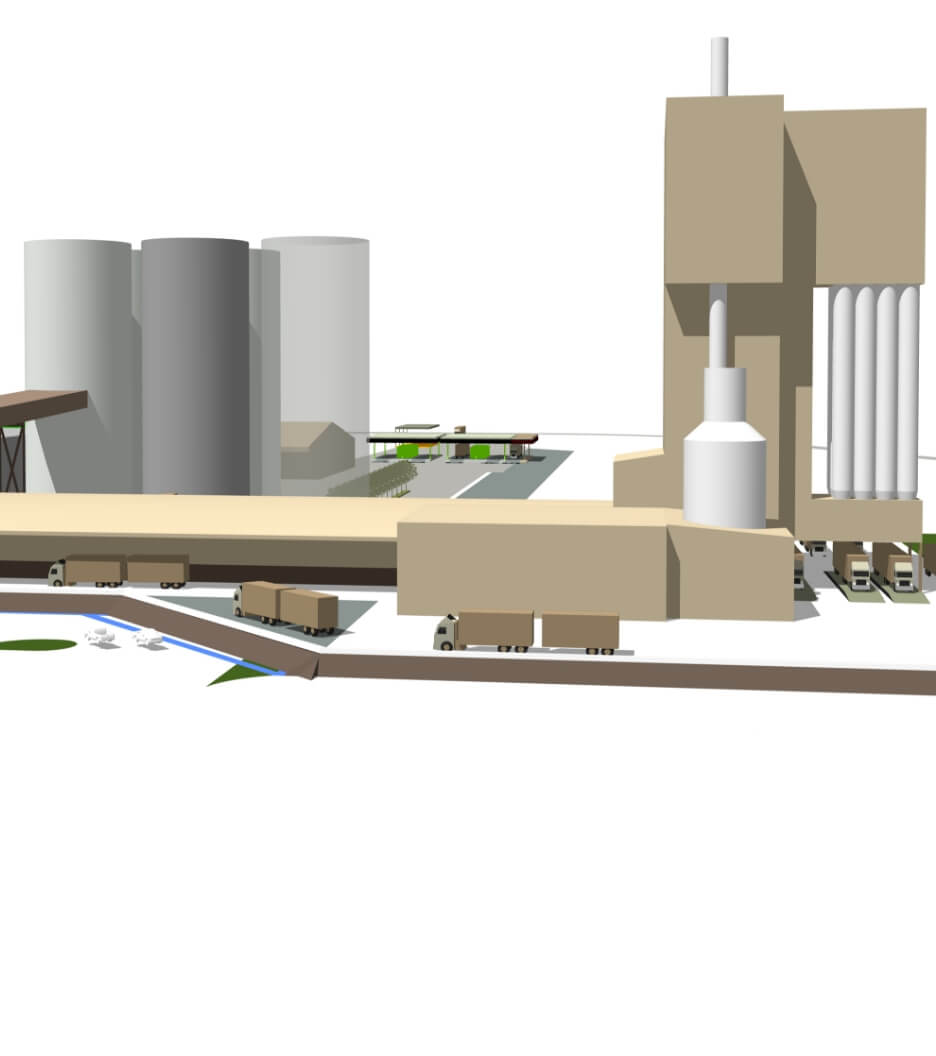 Mahipal Jadeja
Mahipal Jadeja5 Industry Trends will Transform the AEC Market Forever
 Mahipal Jadeja
Mahipal Jadeja
Send Us Your Requirement
The AEC industry is a rapidly booming sector in the economy. With more and more developers creating stunning designs, there has never been more demand from consumers for this type of work. Both residential and commercial projects benefit from modern building techniques previously reserved for the construction industry. Every industry has its trends, few of which are more drastic than in the construction market. To survive in the competitive market, businesses must be updated with news trends to deliver according to the market demands.
The AEC market is expected to grow at a compound annual growth rate of 4.2% between 2021 and 2026. Thus, every industry trend, regardless of its popularity, is worth watching out for. Now that we’ve entered a new decade, a lot is going on in the sector as it faces even more radical transformation. Here are the five crucial AEC trends you should be familiar with.
5 Essential Trends You Need to Know
Green Energy Conservation
BIM “The Digital Twin”
Hybrid Working
Digital Transformation
Prefabricated Construction
Green Energy Conservation
Adopting a more sustainable, environmentally friendly approach to projects is a critical priority for the AEC sector. People’s daily use of buildings is the primary source of greenhouse gas emissions today. Therefore, the built environment is crucial to sustainable development. Buildings account for 45% of global energy and about 80% of water consumption. In comparison, they consume 50% of naturally available resources and materials. Green buildings would assist to cut overall water use by 40% and energy consumption by 30%. Seeing these massive numbers, it becomes possible to conserve green energy in all the projects.
And this remarkable trend is constantly shaping and will continue to shape the AEC market in the future. AEC is now present in all project elements from the start, including the building’s design, engineering, and construction, which is energy-efficient, cost-effective, and has a minimal carbon impact. Using sustainable initiatives in building design, such as natural light and lowering energy consumption, is going to help in saving the greens.
Hybrid Working
Before the pandemic, working from home was an unusual working style that was only limited to freelancers. However, the pandemic left us rethinking our traditional business models.
Companies have seen that working from home can be an option; a remote team can be as good as an in-house team, and offshore outsourcing can do wonders for some businesses. As a result of the COVID-19 epidemic, various architecture firms have adopted a hybrid business strategy, allowing their teams to work both in offices and remotely. This adaptability also provides company owners with the assurance that operations and obligations can be managed regardless of potential challenges.
For example, the hire a remote BIM Team is an excellent approach for AEC Market to collaborate, communicate, and execute projects since it can view the complete building project and timeline in real-time, documenting and reducing the danger of data breaches or missing documentation.
BIM “The Digital Twin”
A BIM is the virtual representation of an actual building. Building information modeling is software AEC professionals, construction companies, and real estate corporations use to manage projects from start to finish. Approximately 20 years ago, building information modeling was barely recognized by many in the AEC market. However, today, BIM services are no longer a secret or a fad; they are the bedrock of success in design, engineering, and construction.
In addition, BIM modeling services are extremely useful as they simulate the entire building on the computer and give it a realistic look. The BIM service assists in design decisions by comparing various design possibilities. Because data is saved centrally, any changes to the building design will be instantly copied in each field, including floor plans, sections, and elevations. This speeds up the document creation process and ensures quality assurance through automated coordination.
Digital Transformation
Data is the new gold. This phrase is equally popular in the AEC sector, too. Contractors use occupancy counting and control to find the correct occupancy of any location. And that data enables them to construct accordingly. And just this, there are intelligent buildings where the building manager tracks the movement of people going in and out, changing the temperature accordingly. This results in saving energy as well as enhanced building performance.
Building lifecycle intelligence and digital twins will become a common practice as the industry progresses. Collecting and then analyzing that data assists the construction crew in finding accurate solutions to a specific problem. Provided the data must be generated precisely, in real-time, and consistently. Although data is a collection of facts, making them contextual and available for everyone is a task. Hence, it should be done carefully. Construction has now become data-driven construction.
Prefabricated Construction
Prefabrication is one of the AEC industry’s fastest-growing areas. Experts think that prefabricated construction will have a strong future in the next few years. Prefabricated construction makes the installation process more straightforward, with the need for fewer workers onsite to complete a task. Contractors may get in and out more securely by reducing the amount of time they spend onsite. Rather than having employees move parts through an active worksite, a factory-controlled environment allows components and equipment to be supplied where the worker needs them.
It reduces delays. Because electrical, ductwork, and other essential components are placed within the wall while it is being manufactured, prefabrication also reduces the need for coordination. Furthermore, because the majority of operation is done indoors, there is no need for weather delays, and shift work may be done around the clock.Make your Next Project Efficient with our Extensive BIM Services
Talk to Our Experts
Conclusion
The market for architecture, engineering, construction, and operations (AEC Market) is still undergoing massive change and innovation. This ongoing rise of digital solutions and the climate emergency are reshaping how we design, construct, and run our buildings and infrastructure. These are only five out of the current trend; the list is a bit long. A lot of innovation is going on in the AEC business right now to accommodate new requirements. With a forever-growing population, new buildings, residences, and infrastructure have become necessary.
On top of that, climate change is introducing new threats by the day. So, all we need is sustainable, environmentally friendly solutions. We should be able to do more with less and also better. These trends reflect how the sector is rising to the challenge and the influences that might occur shortly.






